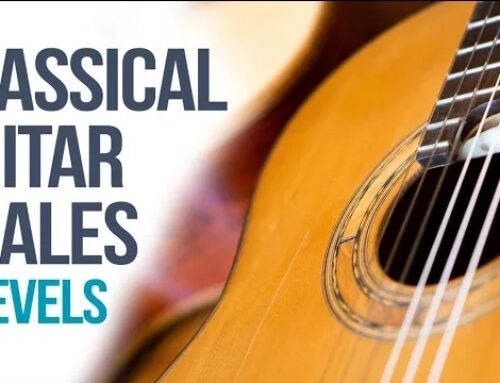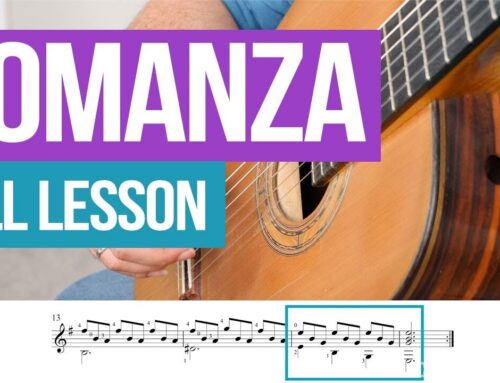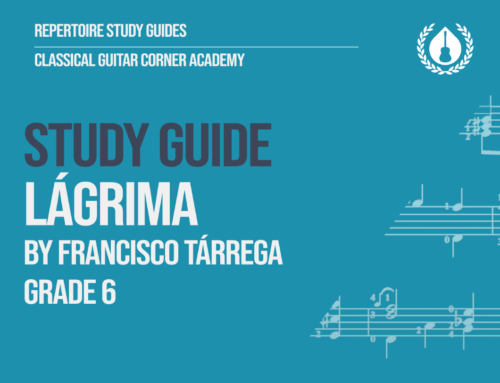Synthesis
For all of the lessons here in the Level 1 course, scales provide the most efficient synthesis of technique. You are going to have to use right hand positioning, nail shape and stroke, left hand positioning, thumb stroke, rest stroke, free stroke, and of course the synthesis of all these actions is a technique unto itself. If you are finding an issue with one technique in particular, take time to revisit it and be confident with it before practicing scales.
The big mistake
Scales are fantastic. They combine many elements of the left and right hand techniques and we can add infinite variations to cater scale practice to our specific needs. There is, however, one giant pitfall. Don’t fall victim to mindless practice of scales that go up and down without any thought or purpose. Use them as tools to hone in on technical or musical issues. Be very specific as to why you are practicing a scale. Speed, sound, accuracy, articulation, dynamics etc. these are all techniques that can be worked on with scales. The classical guitar repertoire doesn’t actually have that many large scale passages, so simply practicing a scale to be able to play that scale has little use in music making.
In the next lesson we are going to look at dynamics and accents. Pay attention to the very specific goals that each scale will have and always try to be mindful of what the scale is working on whenever you are practicing.
Using them as tools, don’t practice without purpose, add in goals and other technical features




Leave A Comment